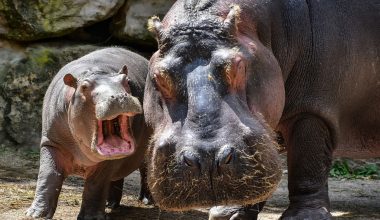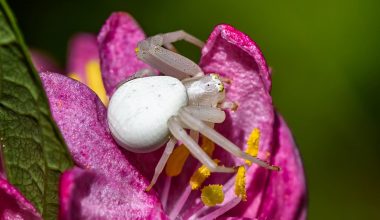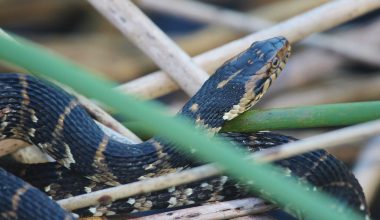Cheetahs and leopards are two similar-looking animals that are in fact different. Although both are members of the big cat family, they are actually entirely different species and have some key differences. Some like the markings of the coat are visible and noticeable while others are more subtle behavioral differences. Read on to find out more about cheetahs vs leopards and some cool facts about both of them,
Cheetahs vs Leopards
1. Physical Characteristics
Leopards are a wild cat species that have a spotted coat with black patches on the golden coat covering their entire bodies. Perhaps the most distinctive feature that separates the two is the pattern of black tear lines running across the face of cheetahs. Leopards have no such markings. Another basic difference that wouldn’t require you to come face to face with one of them to identify is the black markings on the coat. Cheetahs have a solid-filled small black spot while leopards have what are called rosette marking. They are spots with black outlines, but brown filled inside, which sort of look like rose sketches.
Also Read: All You Need To Know About Frogs vs Toads

Cheetahs are the bigger of the two species. They can go up to 97 cm or 37 inches in height at the shoulder. Adults can have a mass of 72 kg. This may seem less than other beasts like lions or tigers who often push the 300 kg limit, but this slim body is necessary if they are to hold the title of fastest land animal in the world.
Leopards are heavier than cheetahs because they use their strength more. Leopards’ claws are modified to retract which helps them in climbing trees. Yes, if a leopard were to chase you when you were on a safari, don’t think climbing on a tree would be of any use. Leopards are experts in tree climbing. They use their sharp claws to hold the tree and jump upwards. They also pull the dead prey up on the tree to protect it from other predators that may be lurking around.
Also Read: All You Need To Know About Hares vs Rabbits

Image Source: Wikimedia
2. Lifespan
Leopards have a lifespan of only 12 to 17 years in the wild while cheetahs are observed to have even less. Male cheetahs barely live more than 10 years and females although higher, only up to 14 to 15 years. The young ones of both animals are born vulnerable and have a high chance of not being able to reach adulthood. Cheetahs lay a litter of one and as many as eight cubs while leopards only produce a maximum of 4 cubs. Since the cubs are vulnerable, birth is often only given in cover of rocks or thick vegetation and is taken care of by parents.
Also Read: All You Need To Know About Aardvark vs Anteater
3. Diet
Cheetahs are carnivores and prey on smaller animals. Large animals even cattle and antelopes and deer are avoided. The prey animals depend on the region they inhabit. For example, earlier when were not extinct in India they ate animals like chinkara, hare, and goats. In Africa, smaller antelopes and deer form the major parts of their diets. Impalas, gazelles, and duiker are examples of prey animals in Africa.
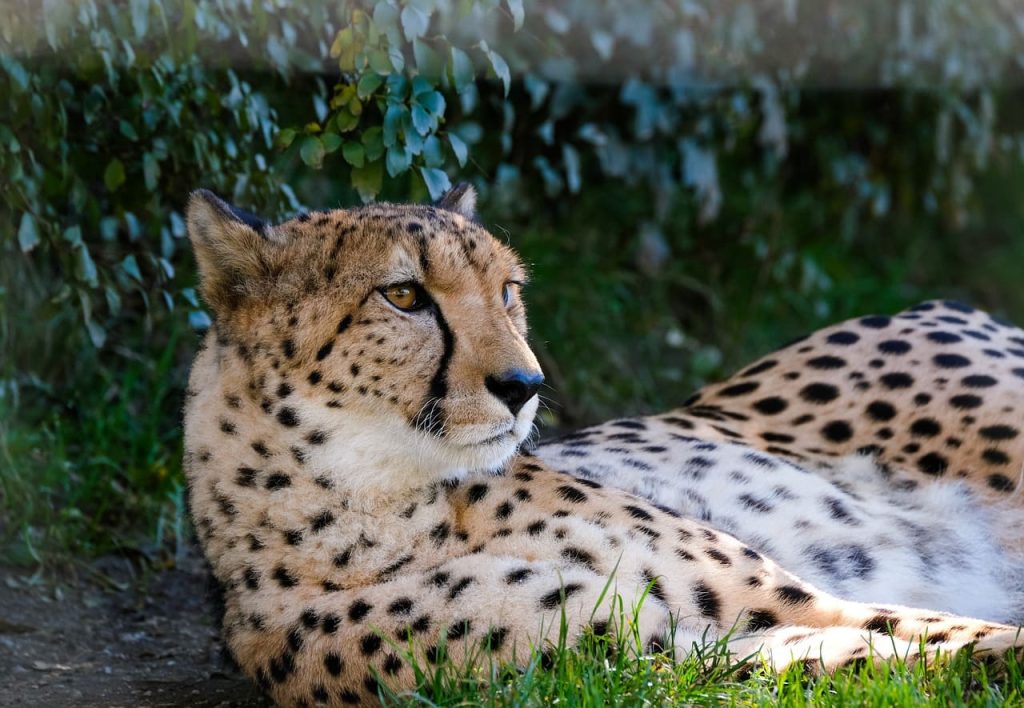
Leopards have a similar diet. Leopards mainly go for hunts when it’s dark. They also use their abilities to climb trees to ambush prey by lunging from the top of trees. Leopards are also known to drag their kill on top of trees to dine on them alone or hide them in rocks and bushes. Sometimes this may require carrying the animal between its jaws for several miles.
Also Read: All You Need To Know About Antelopes Vs Deers
Both leopards and cheetahs also feed on smaller carnivores, even from the cat family. To fulfill the water requirements, they also eat succulent plants and do not need to drink water daily to function fully.
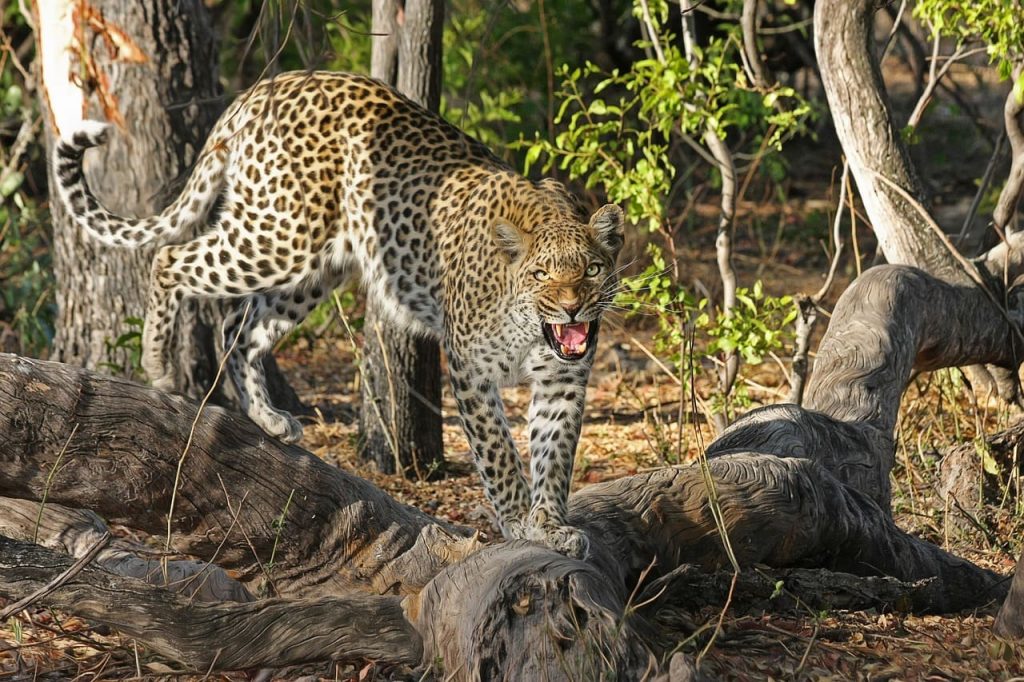
4. Behavioral Traits
Leopards are animals with spots and are often hostile to intrusion by leopards of the same sex. The ranges of male and female often intersect. Father leopards do take care of the young ones, unlike many other animals. When it’s not the mating season, adults generally live isolated lives. Leopards like to hunt in the dark and are nocturnal, however adapting to prey availability, many have also been found having diurnal lifestyles.
Cheetahs are more of a day animal, although the peak hunting time has been observed to be dusk and dawn. Cheetahs mostly hunt smaller animals, but when a female has cubs, they often target larger animals and are also successful. It is one of the important differences between cheetahs vs leopards.
Also Read: All You Need To Know About Alligators vs Crocodiles
5. Habitat and Distribution
The habitat of leopards is widespread from the savannahs of Africa to the woodlands and even rainforests. They can also be found in high altitudes and snowy mountain ranges such as the Himalayas. However, since they need a large region and a sustainable population of prey, the population of leopards has taken a blow from the sharply declining habitat and prey base. At one time, leopards were spread from all of Africa to the Indian subcontinent and as far east as Japan and Korea. The population has become almost null in most of these regions except in certain regions.

Cheetahs have met a fate worse than leopards and as of now, they are only found in small pockets in sub-Saharan Africa and the deserts of Iran. At one time they occupied vast parts of Africa Europe and Asia. Due to human activities like hunting and the elimination of prey, the populations declined in most of Asia. They were declared extinct in India in the twentieth century. Cheetahs seem to live wherever they can find prey animals; however, they do not prefer rainforests or other regions with low visibility. Thus, grasslands are the ideal habitat for cheetahs.
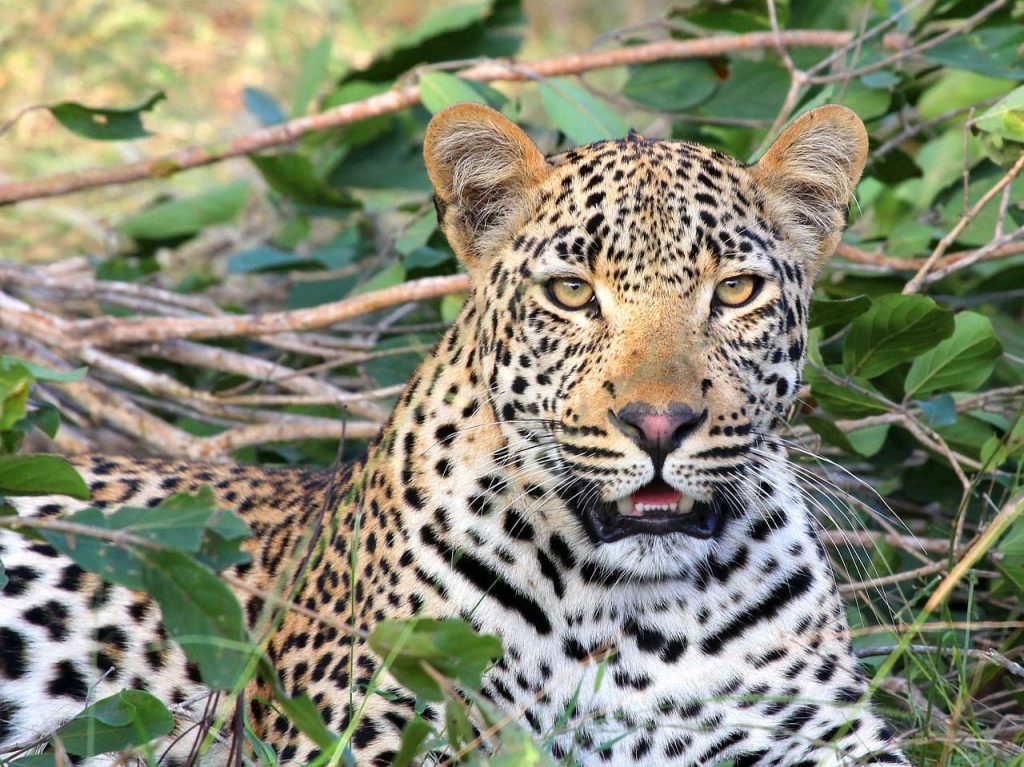
6. Threats
The main threats to both cheetahs and leopards are the shrinking habitat and declining prey base. Since they are apex predators, they need a huge region with sustainable populations of other animals to survive.
Also Read: All You Need To Know About Amphibians vs Reptiles
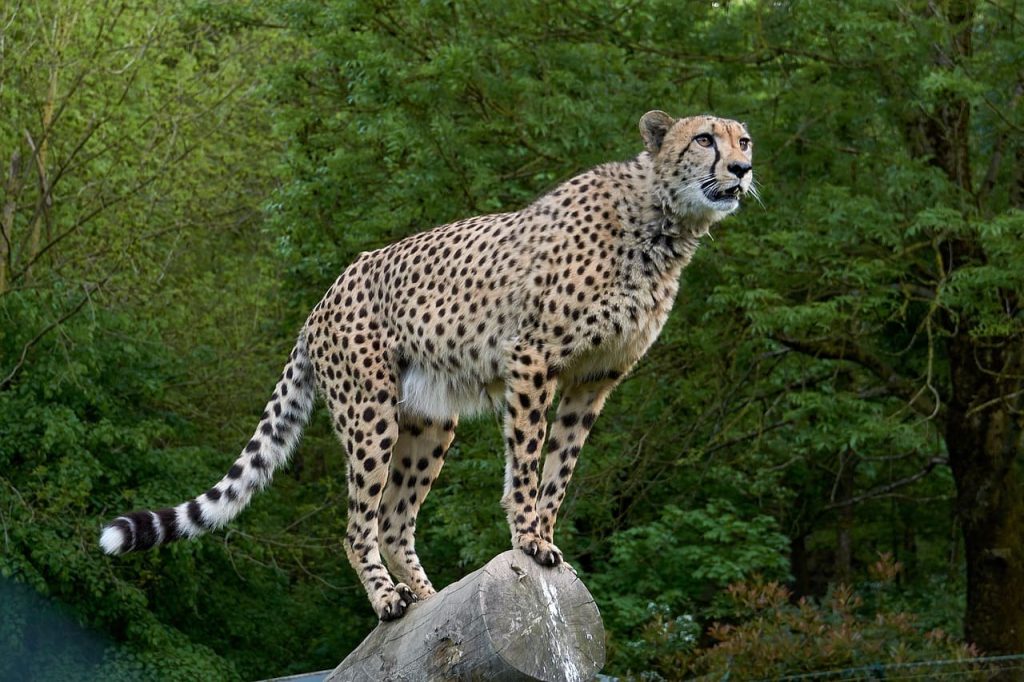
As humans have extended into territories occupied by these animals, human-animal encounters have also increased. They often attack cattle and livestock animals, and many times need to be put down to protect humans. Other threats include hunting, as leopard and cheetah hides fetch high prices in illegal markets and road kills where infrastructure development has invaded the home ranges of these animals.
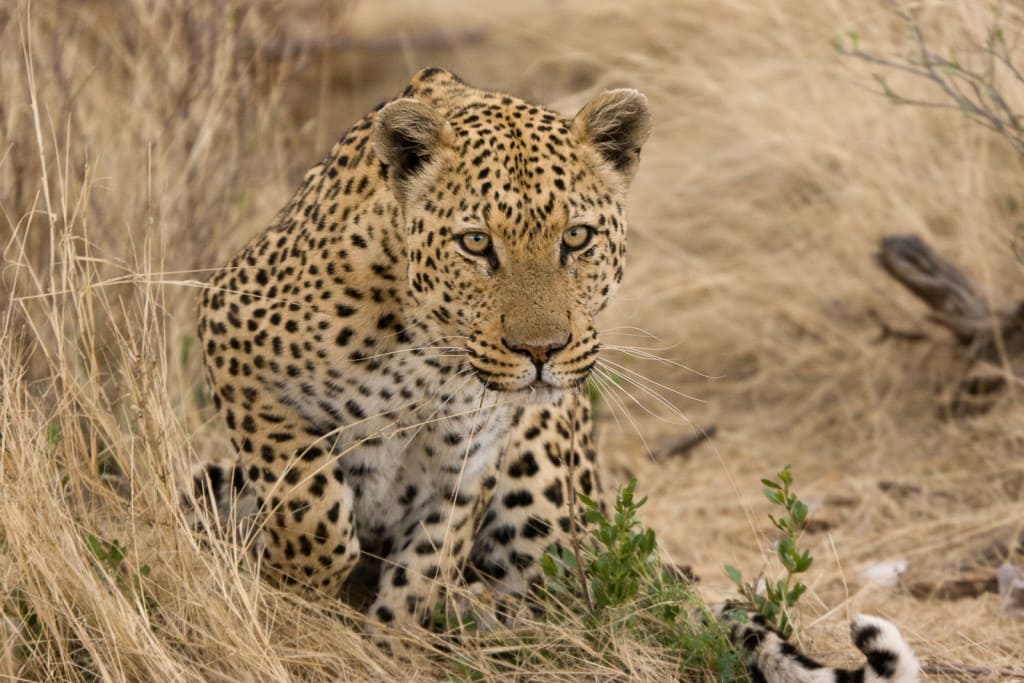
These are the facts you need to about cheetahs vs leopards in the world. Kindly share and do post your comments.


